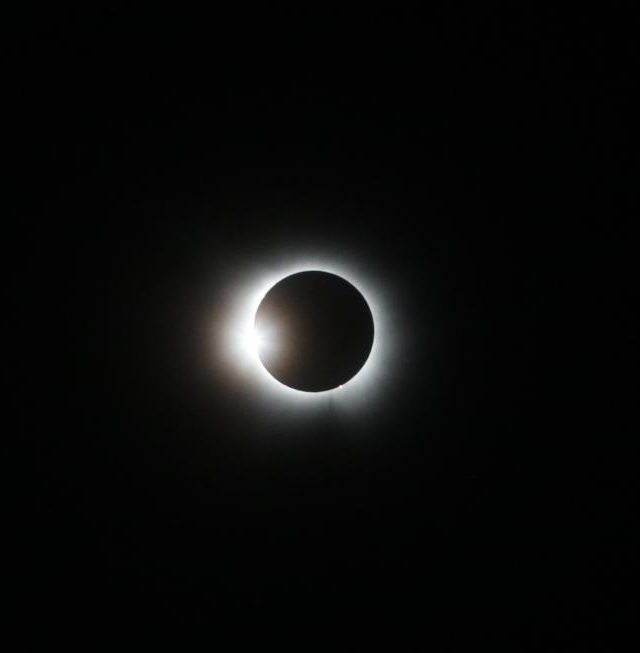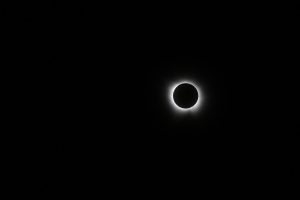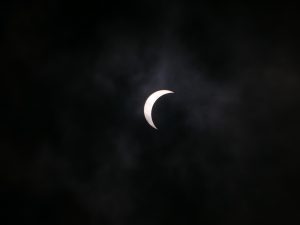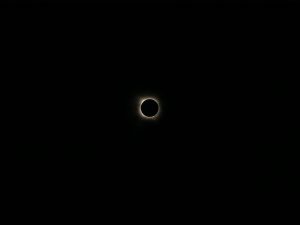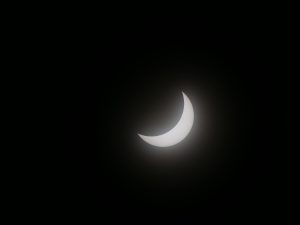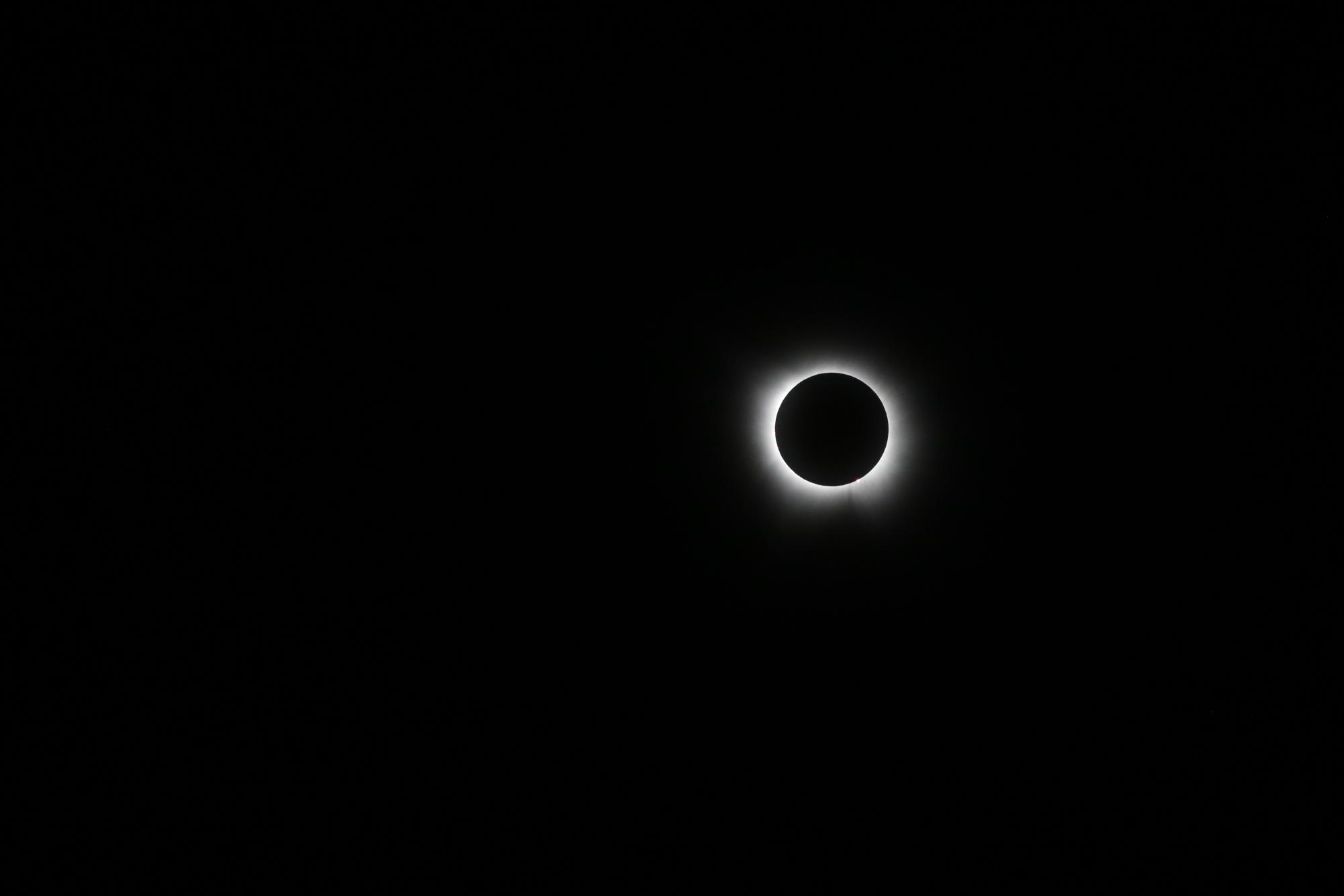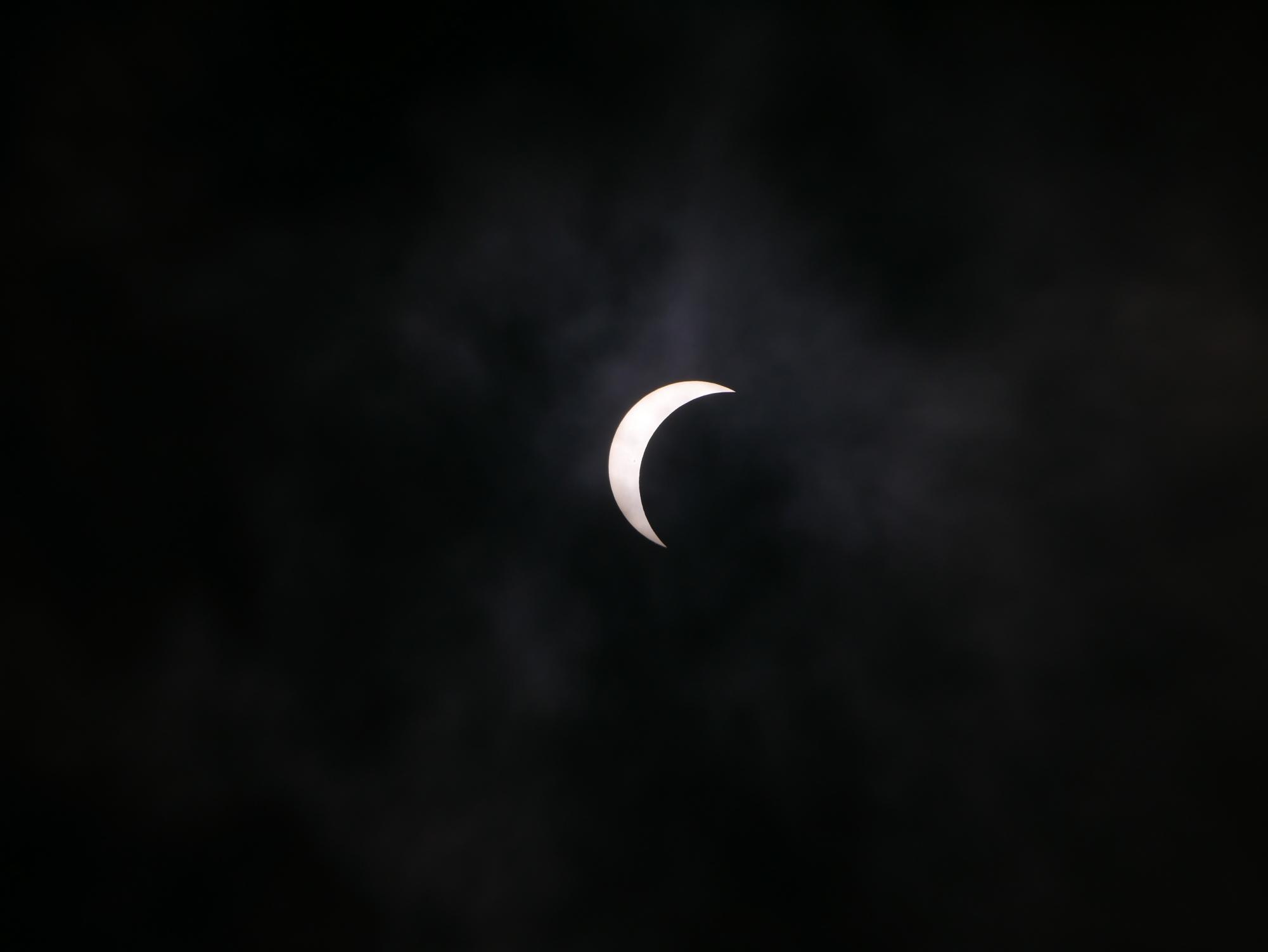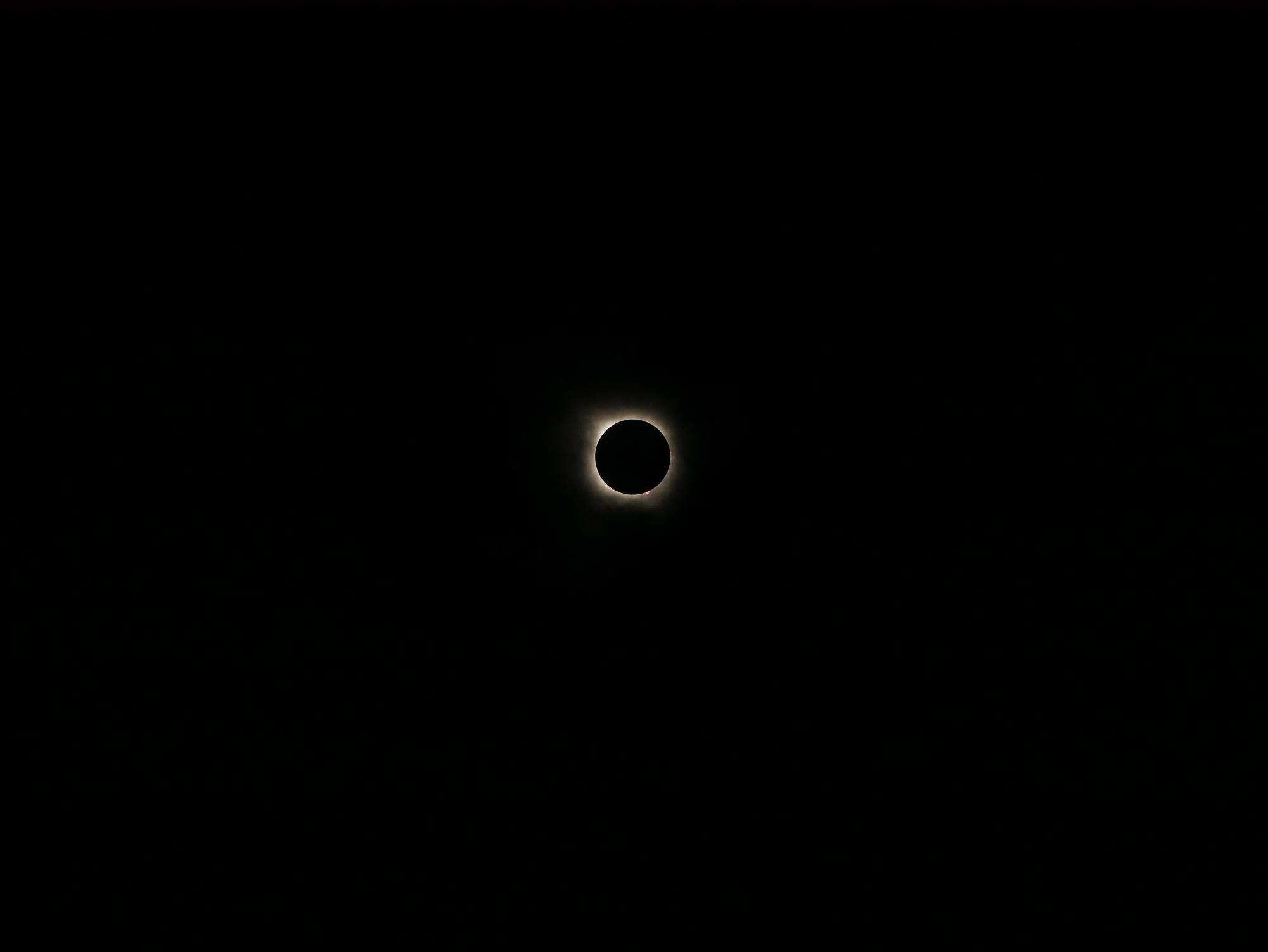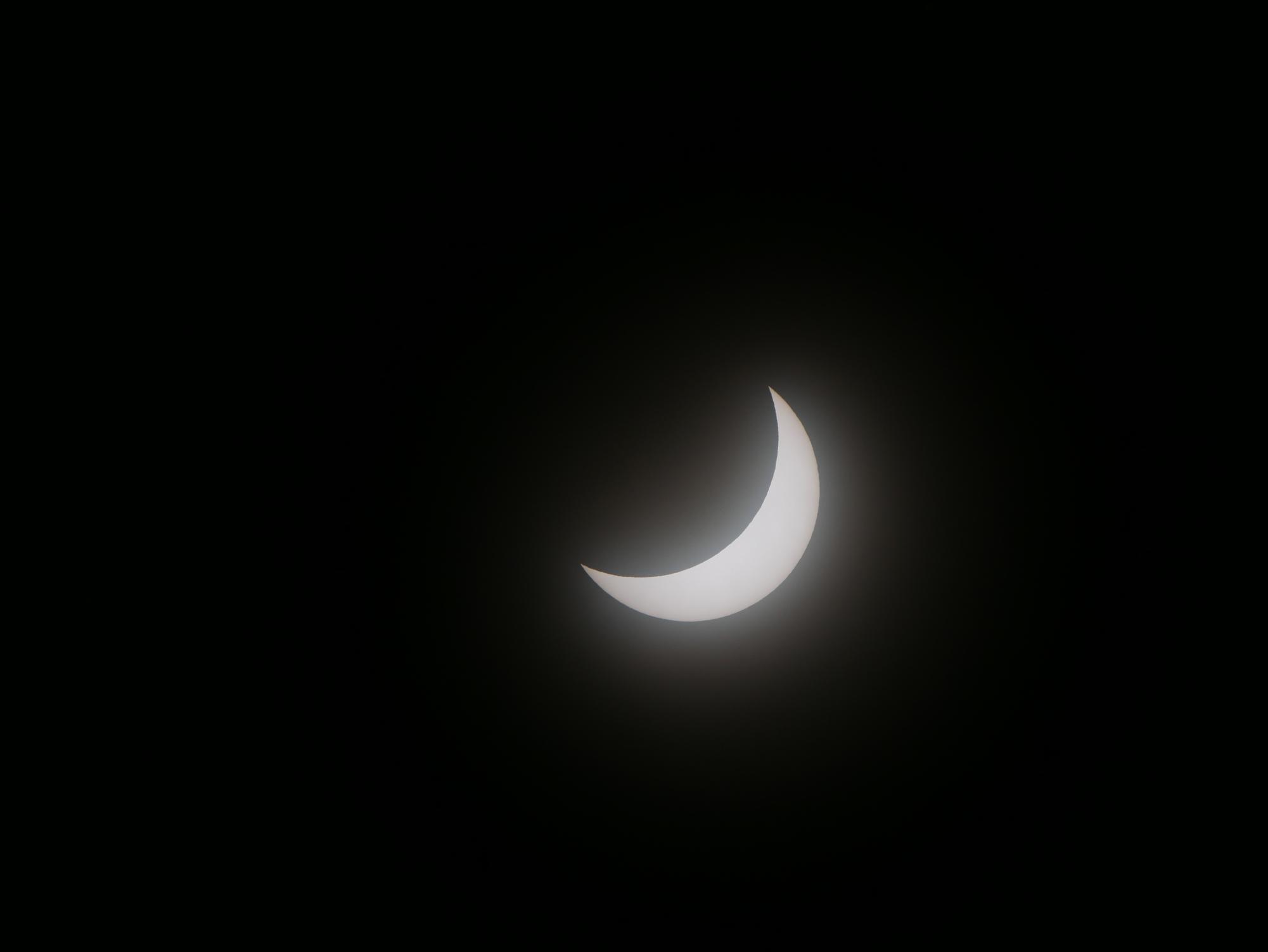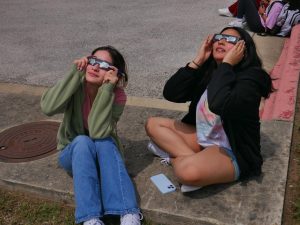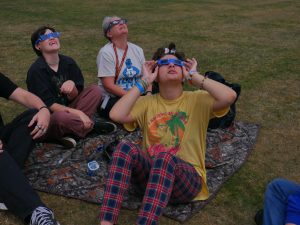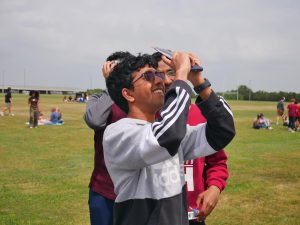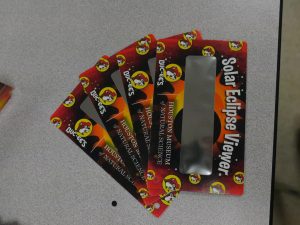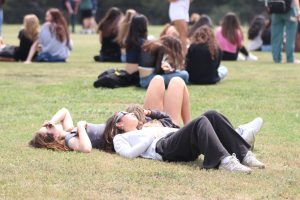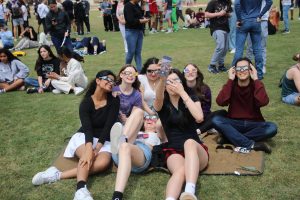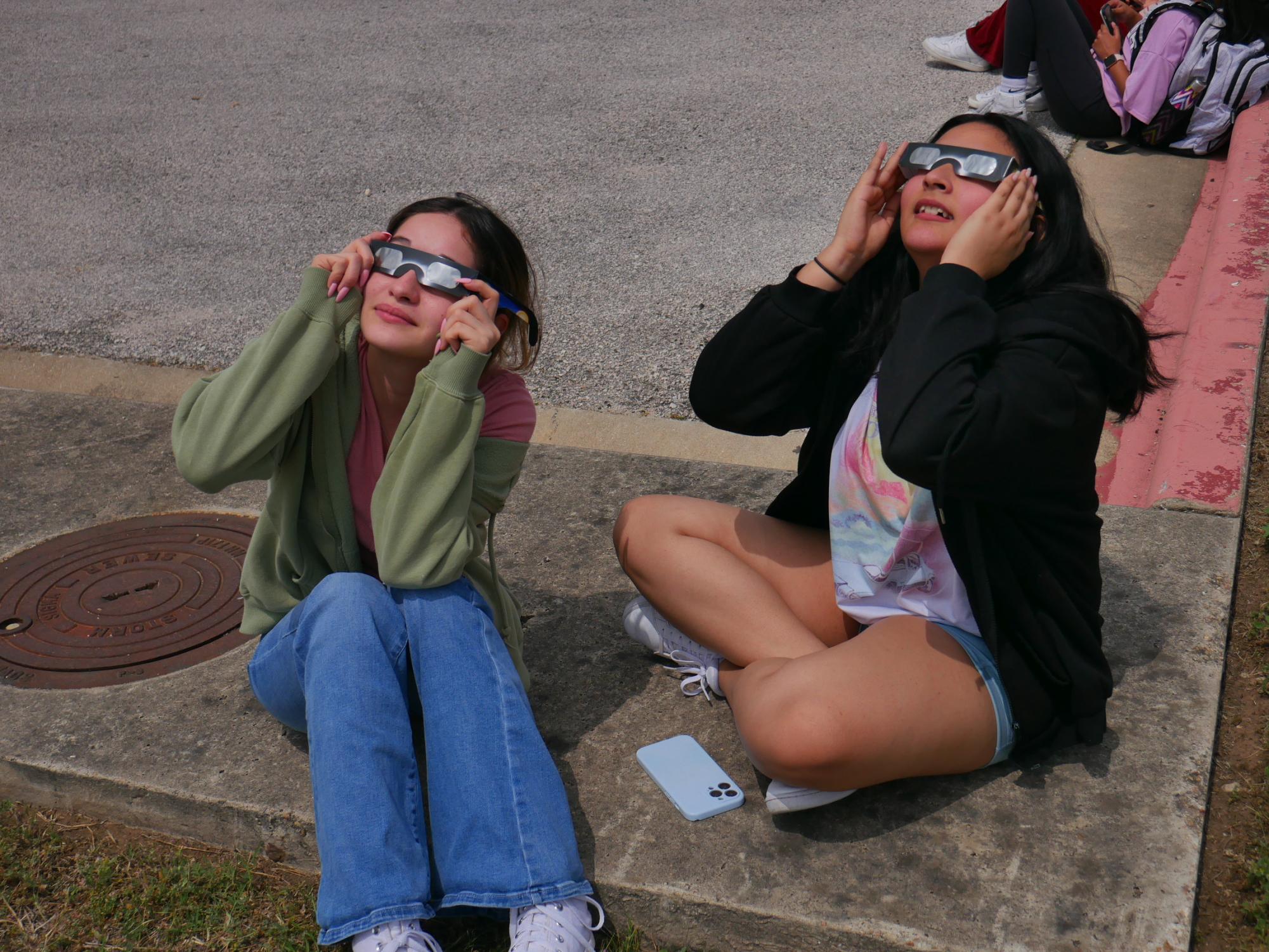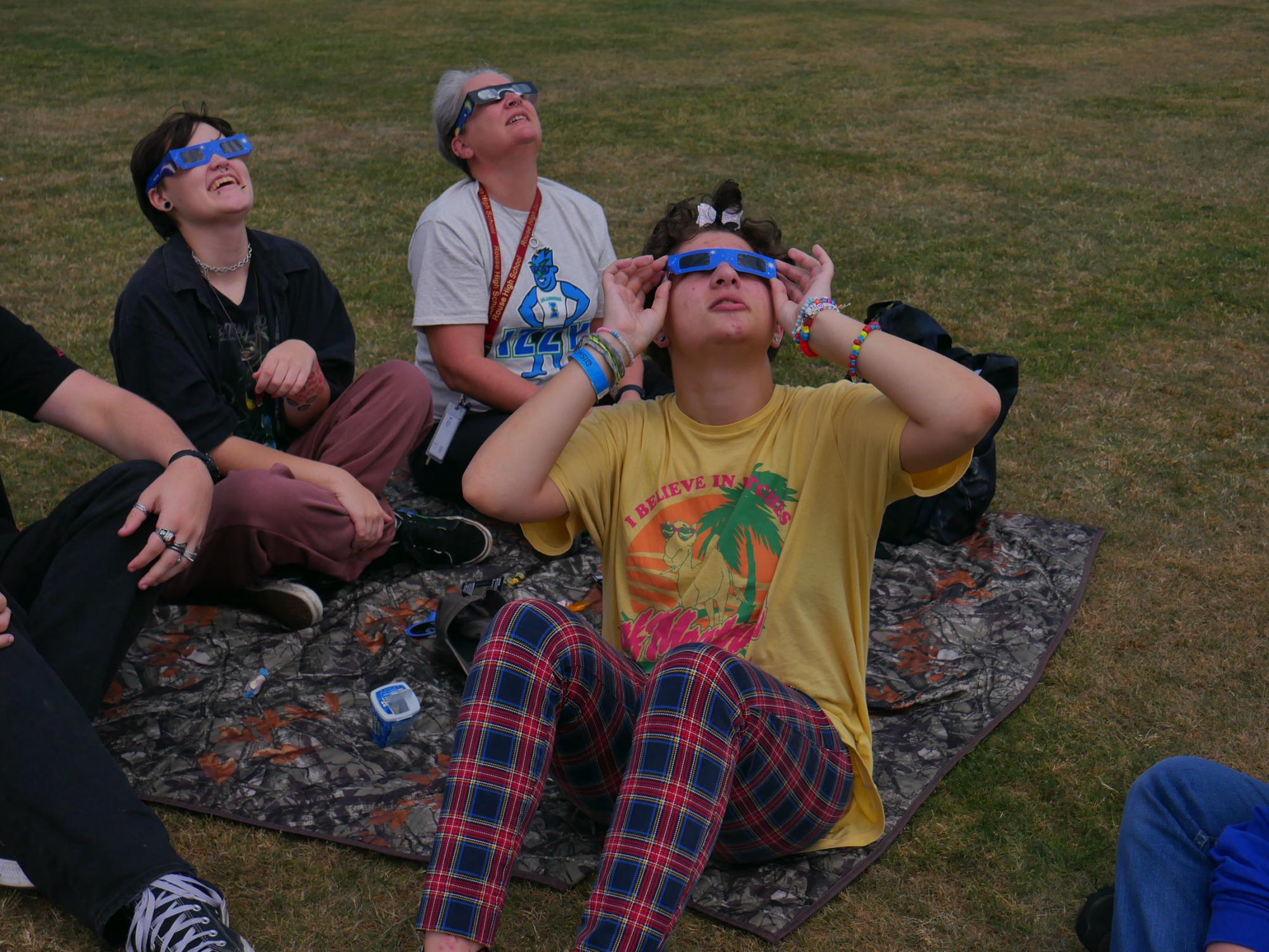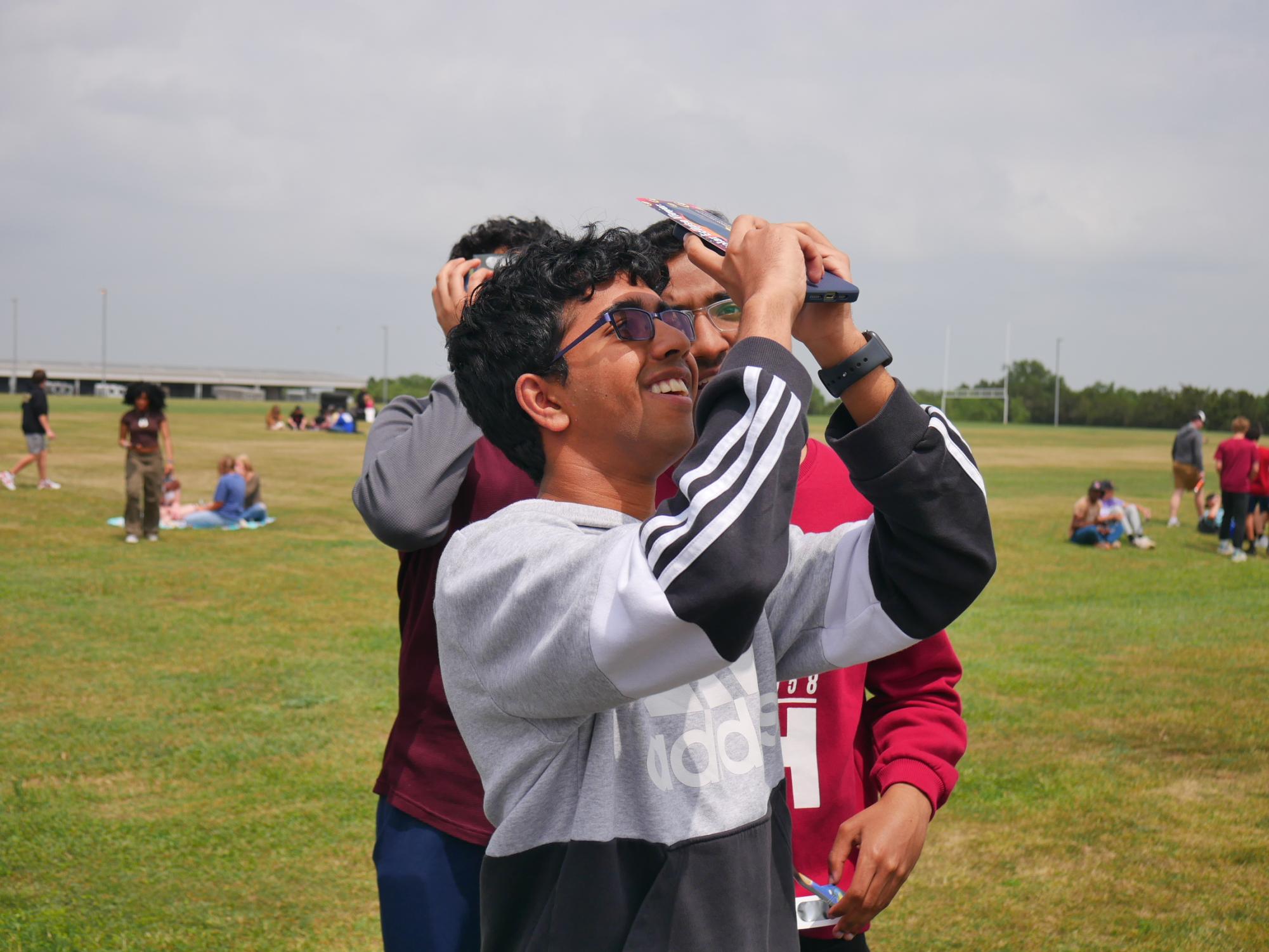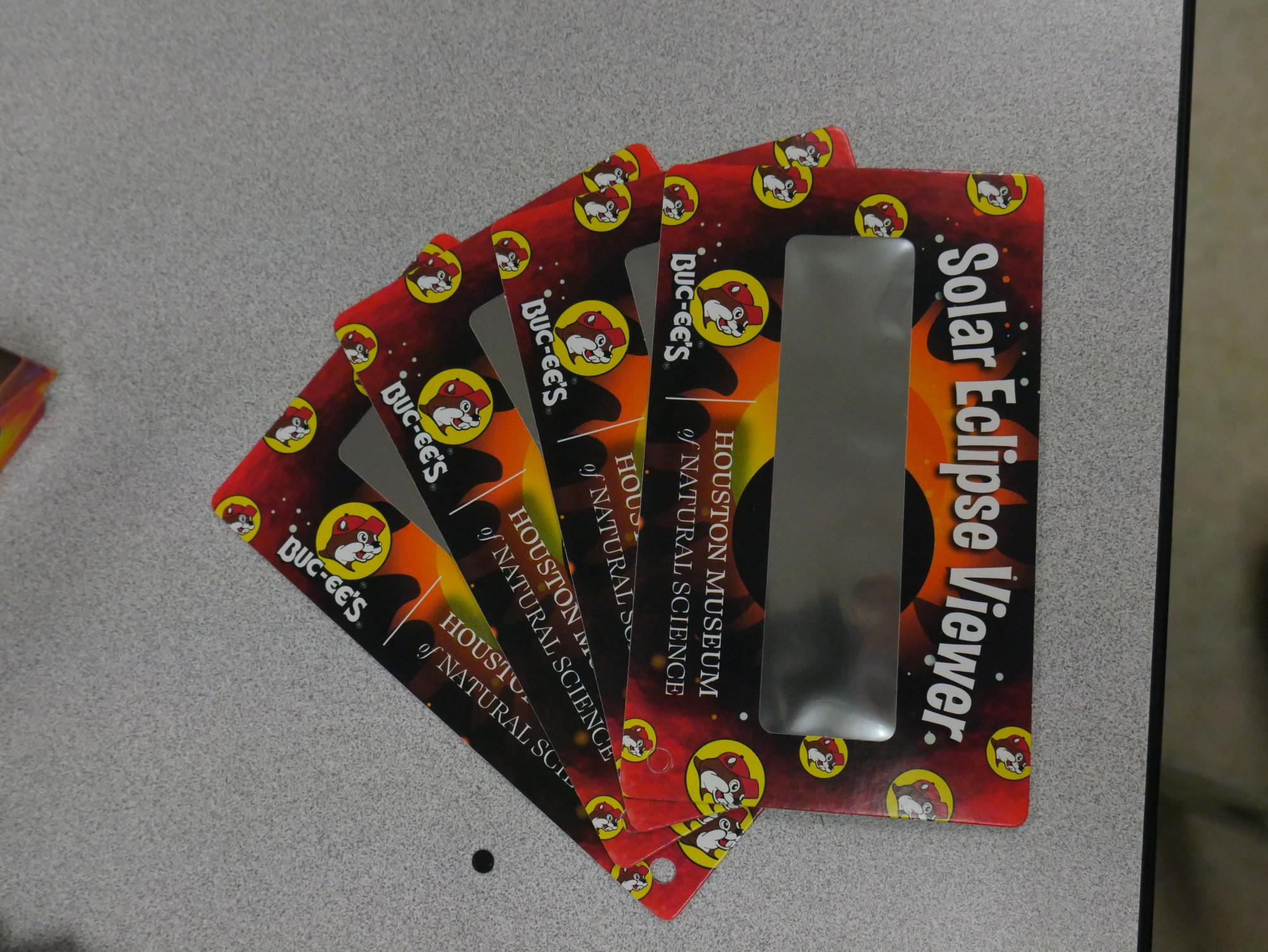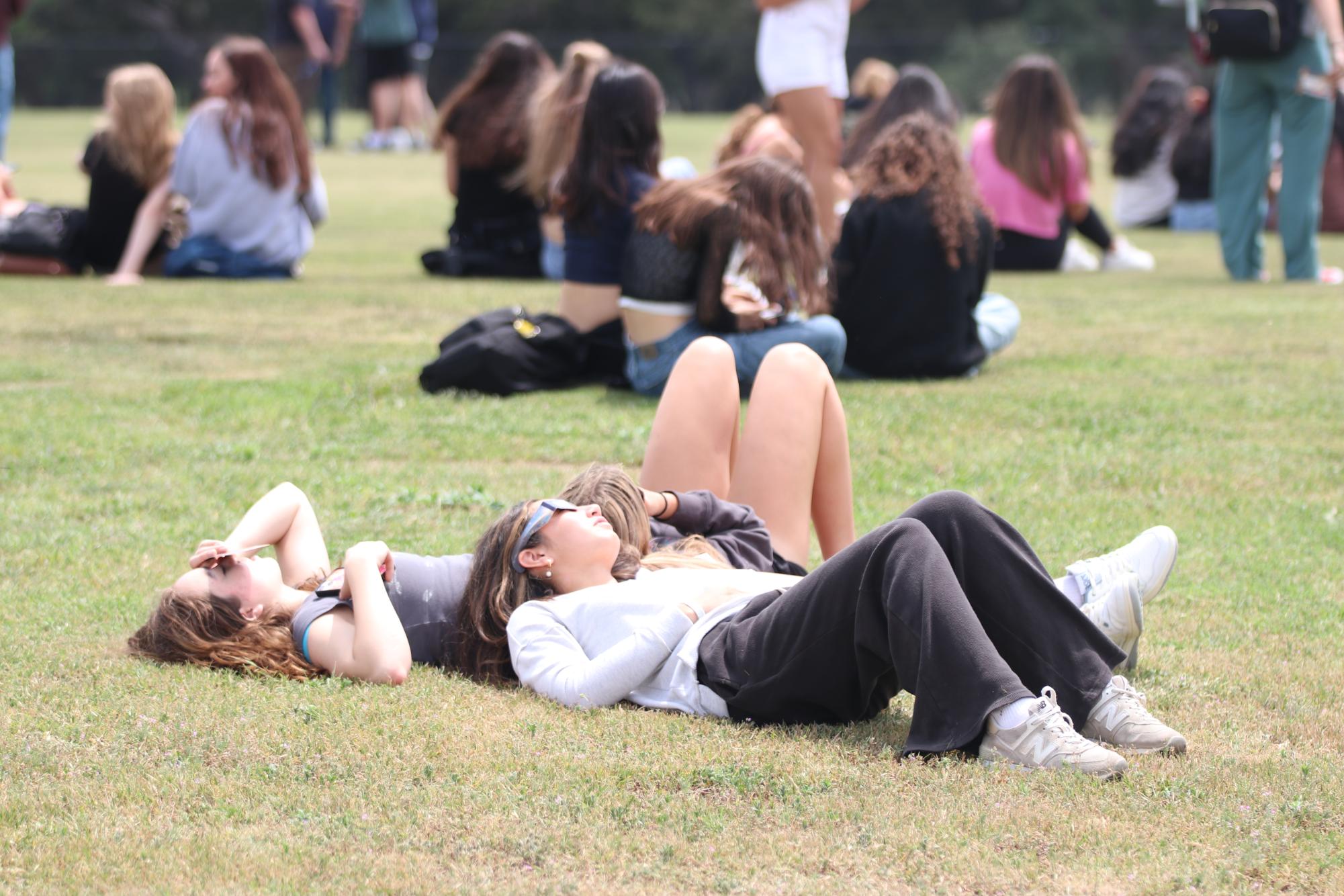The total solar eclipse took place on Monday, April 8. The eclipse followed a pathway across North America, from Canada to Mexico. One of the best locations to view the eclipse was in Central Texas, with Leander receiving nearly four minutes of totality.
The pathway of the eclipse greatly impacted how others would be able to view it. Those in the middle of the pathway could view the eclipse in totality, meaning that the position of the moon fully covered the sun for just a few minutes. Those on the outskirts of the path were only able to see the moon partially covering the sun.
“The moon’s orbit isn’t perfectly circular, so most of the time, the moon is just larger than the sun from our point of view,” AP Physics and Engineering teacher Daniel Prince said. “Because the moon’s 400 times smaller, but 400 times closer, we’re in a special, couple hundred-million years span where the moon is just the right size.”
According to the Natural History Museum, a total solar eclipse only takes place roughly every eighteen months. Because of this, total solar eclipses tend to attract thousands of visitors who wish to view the unique phenomenon. For example, in February, Delta Airlines began offering a special flight from the DFW (Dallas) airport, specifically for those who wish to get a better view of the eclipse when it occurs. Due to popular demand, the airline even began offering a second flight.
“At first, I didn’t understand it, but I totally get it [now],” junior Riyanjali Sengupta said. “I saw a video of a meteorologist crying during the eclipse, and I know it seems dramatic, but that’s their hobby, that’s their passion, it’s what drives them to get out of bed every day. Them getting to see something that’s probably at the top of their bucket list probably made their lives.”
While nearby districts closed school for the day, Leander ISD remained open. The assistant principals and administrative staff provided students with solar eclipse viewing glasses that were donated and adjusted the day’s schedule to include nearly an hour dedicated to viewing the solar eclipse.
“This is the only eclipse we are going to witness in this school environment with the resources and facilities provided to us,” Sengupta said. “I think it was a really fascinating event that we got to share with our peers that we’ve known and our teachers, and look at a once-in-a-lifetime phenomenon.”
According to the attendance office, 915 students and 33 staff members chose to stay home and view the eclipse with family members and friends.
“Since I got to see it with my friends and my dad, it was even more fun because I got to witness a once-in-a-lifetime opportunity with people I love being around,” junior Akshara Bommi-Reddy said. “It was fun while we were waiting for totality because we were just messing around instead of just sitting there and waiting.”
In the days leading up to the eclipse, local forecasts predicted cloudy weather that could impact one’s ability to view the solar eclipse. Despite the forecast, clouds parted long enough for an unobstructed view during totality.
“My hope of course was that the weather would be fine,” Prince said. “That way, I could come to school, come to work during the eclipse at least, and share it but, [unfortunate weather] happens a lot with stargazing.”
Despite eclipses occurring on a consistent basis, the same location may not experience one for hundreds of years. Prior to April 8, a total solar eclipse hasn’t occurred in the Austin area since 1397, according to UT. According to NASA, the continental United States will not be able to view a total solar eclipse until Aug. 23, 2044.
“Just enjoy them because every year the moon gets further from the Earth,” Prince said. “Eventually, there will come a time when the moon is too small to cover the sun completely and we will never have total solar eclipses again. We are in a very fortunate time in history when the moon is just the right distance, because half a billion years ago the moon was a lot closer, and the moon covered the whole sun.”


